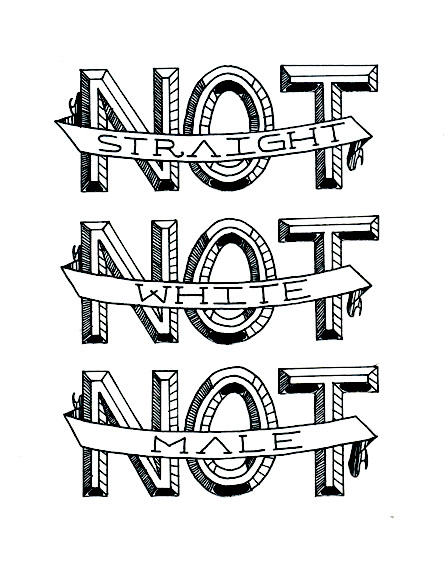

Lorraine briefly attended the University of Wisconsin at Madison, a majority white university in which the members of the women’s dormitory to which she was assigned (Langdon Manor) had a meeting to discuss if the “coeds would be amenable to the presence of a Black girl”. She saw first-hand the deeply divided lines caused by segregation, and this was formative to her political and social development. īorn in Chicago, in 1930, Lorraine’s middle class upbringing did not afford itself the luxuries it may have, had she been white. The question is not whether one will make a social statement in one’s work – but only what the statement will say”.

Lorraine Hansberry also refused to separate the link between society and art, she said “the writer is deceived who thinks he has some other choice. Universality, I think, emerges from truthful identity of what is…in other words, I think people, to the extent we accept them and believe them as who they’re supposed to be, to that extent they can become everybody”. “One of the most sound ideas in dramatic writing is that in order to create the universal, you must pay great attention to the specific. As a black writer in 1950s America, the expectation was that she would write solely about the black experience, but she sought to push away those expectations and embrace a universality in her work: She was the first black woman to have her play produced on Broadway and the first black winner of the New York Drama Critics Circle Award for Best Play. Although she died at the age of 35, she achieved a great deal in her short life: writing five plays, over 60 articles, and many poems.


Drawing on an extensive archive of newspapers, pornography, and film, as well as government documents, organizational records, and personal papers, Mumford sheds new light on four volatile decades in the protracted battle of black gay men for affirmation and empowerment in the face of pervasive racism and homophobia.For LGBT+ History Month 2020 the EFL is honouring Lorraine Hansberry. Examining the lives of both famous and little-known black gay activists-from James Baldwin and Bayard Rustin to Joseph Beam and Brother Grant-Michael Fitzgerald-Mumford analyzes the ways in which movements for social change both inspired and marginalized black gay men. In locating the rise of black gay identities in historical context, Kevin Mumford explores how activists, performers, and writers rebutted negative stereotypes and refused sexual objectification. This compelling book recounts the history of black gay men from the 1950s to the 1990s, tracing how the major movements of the times-from civil rights to black power to gay liberation to AIDS activism-helped shape the cultural stigmas that surrounded race and homosexuality.


 0 kommentar(er)
0 kommentar(er)
